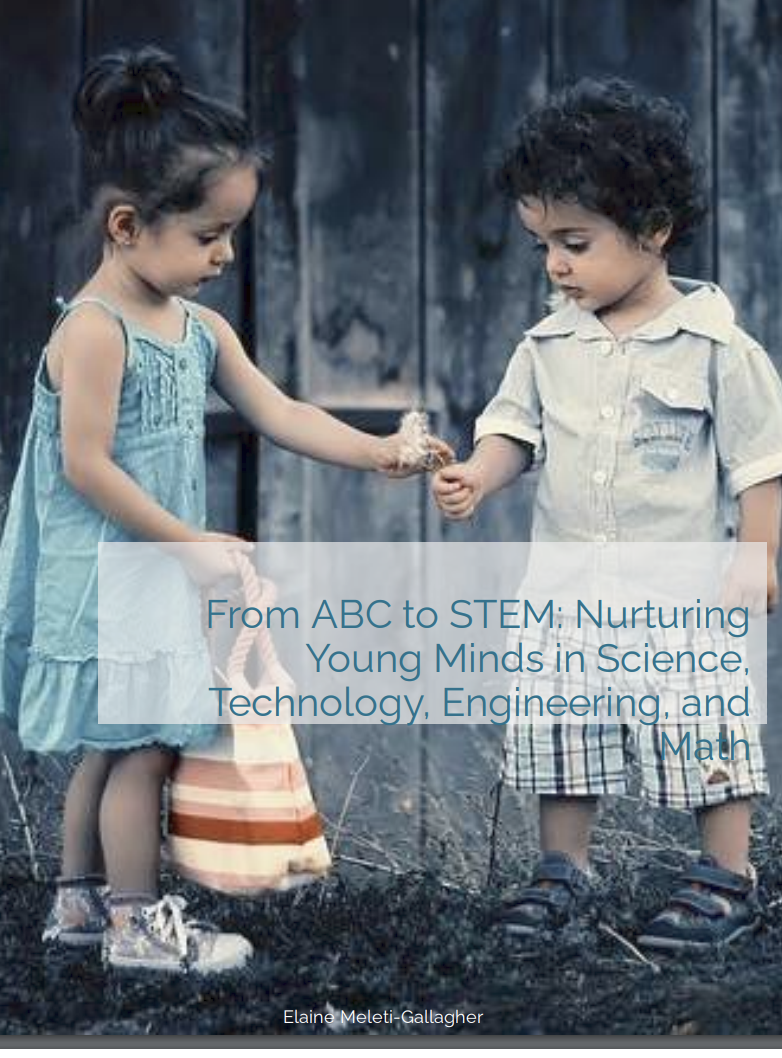Why has STEM become such an integral part of a child's education? What is it all about?
STEM (Science, Technology, Engineering, and Mathematics) activities are crucial in learning for several reasons:
- Real-world Application: STEM activities often involve hands-on, practical applications of scientific principles, mathematical concepts, and engineering solutions. This real-world context helps learners understand the relevance of theoretical knowledge.
- Critical Thinking: STEM activities encourage critical thinking and problem-solving skills. Participants learn to analyze situations, identify problems, and develop creative solutions. This fosters a mindset of inquiry and exploration.
- Collaboration: Many STEM activities involve teamwork and collaboration. Students learn to work together, communicate effectively, and leverage each other's strengths to achieve common goals. These collaborative skills are valuable in professional settings.
- Preparation for Future Careers: STEM fields are rapidly growing, and there is an increasing demand for individuals with STEM-related skills. Engaging in STEM activities prepares students for future careers in fields such as technology, engineering, medicine, and research.
- Innovation and Creativity: STEM activities often require creative thinking and innovation. Through experimentation and problem-solving, learners develop a sense of curiosity and a willingness to explore new ideas. This can lead to breakthroughs and advancements in various fields.
- Cross-disciplinary Learning: STEM activities integrate multiple disciplines, showing learners the interconnectedness of science, technology, engineering, and mathematics. This cross-disciplinary approach helps students see the bigger picture and understand how different fields interact.
- Adaptability: STEM activities often involve adapting to new challenges and learning from failures. This helps students develop resilience and adaptability, important qualities in a world that is constantly changing and evolving.
- Digital Literacy: In today's technology-driven world, digital literacy is essential. STEM activities often involve the use of technology, exposing students to tools and skills that are relevant in the digital age.
- Global Problem-solving: Many global challenges, such as climate change and healthcare issues, require STEM solutions. Engaging in STEM activities prepares students to contribute to addressing these challenges on a global scale.
How can we be sure that children are getting the most of these activities and that they are true learninng experiences?
Check out my ebook on: Nurturing young minds through STEM (Science, Technology, Engineering, and Mathematics) education is essential for fostering critical thinking, problem-solving skills, and innovation
Science experiments are a big part of this learning. Check out:
. Dancing Raisins Science Experiment
. How to Make a Bouncing Egg & Other Science Experiments
These are just some of the resources I have available. Visit my store, Elly Elementary, and check out my resources in all subject areas.
In conclusion, STEM activities play a key role in fostering a well-rounded education that equips individuals with the skills and knowledge needed for success in the modern world.



Comments ()